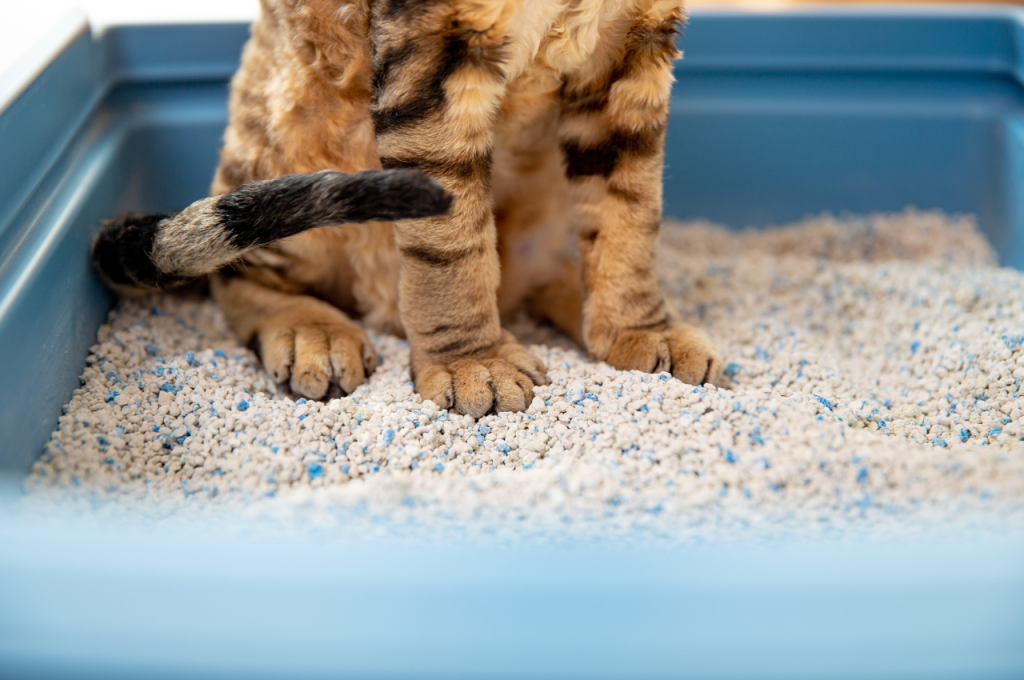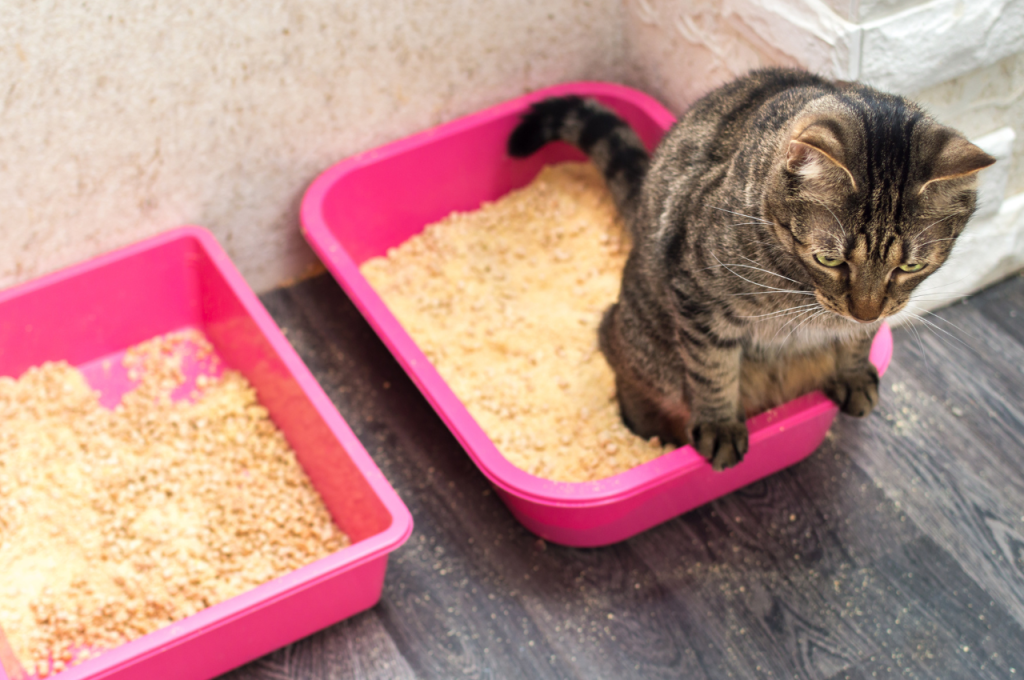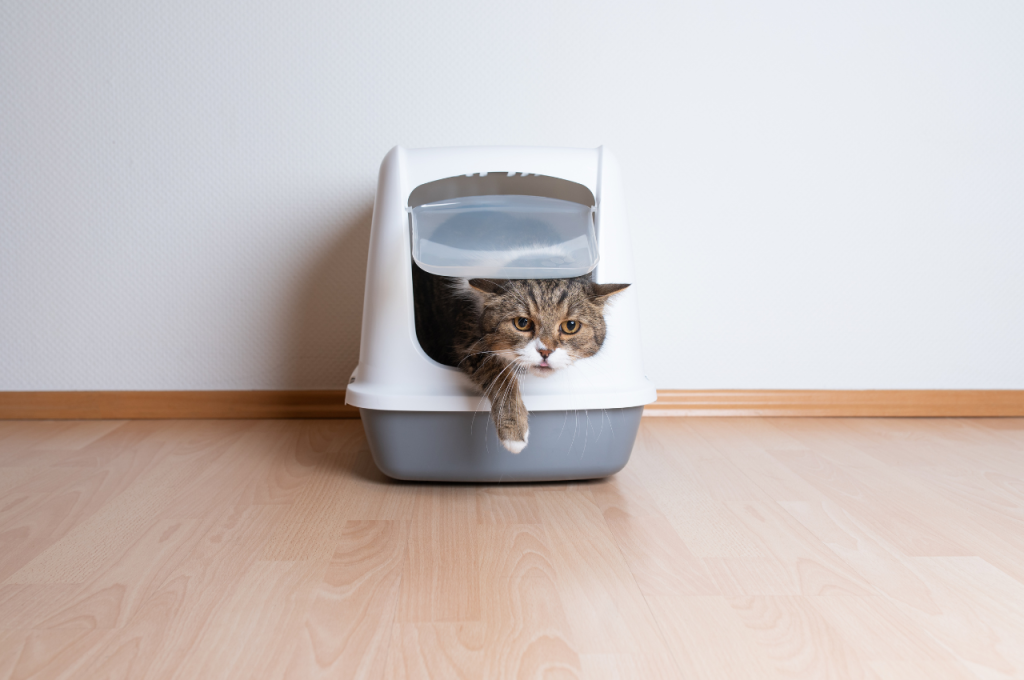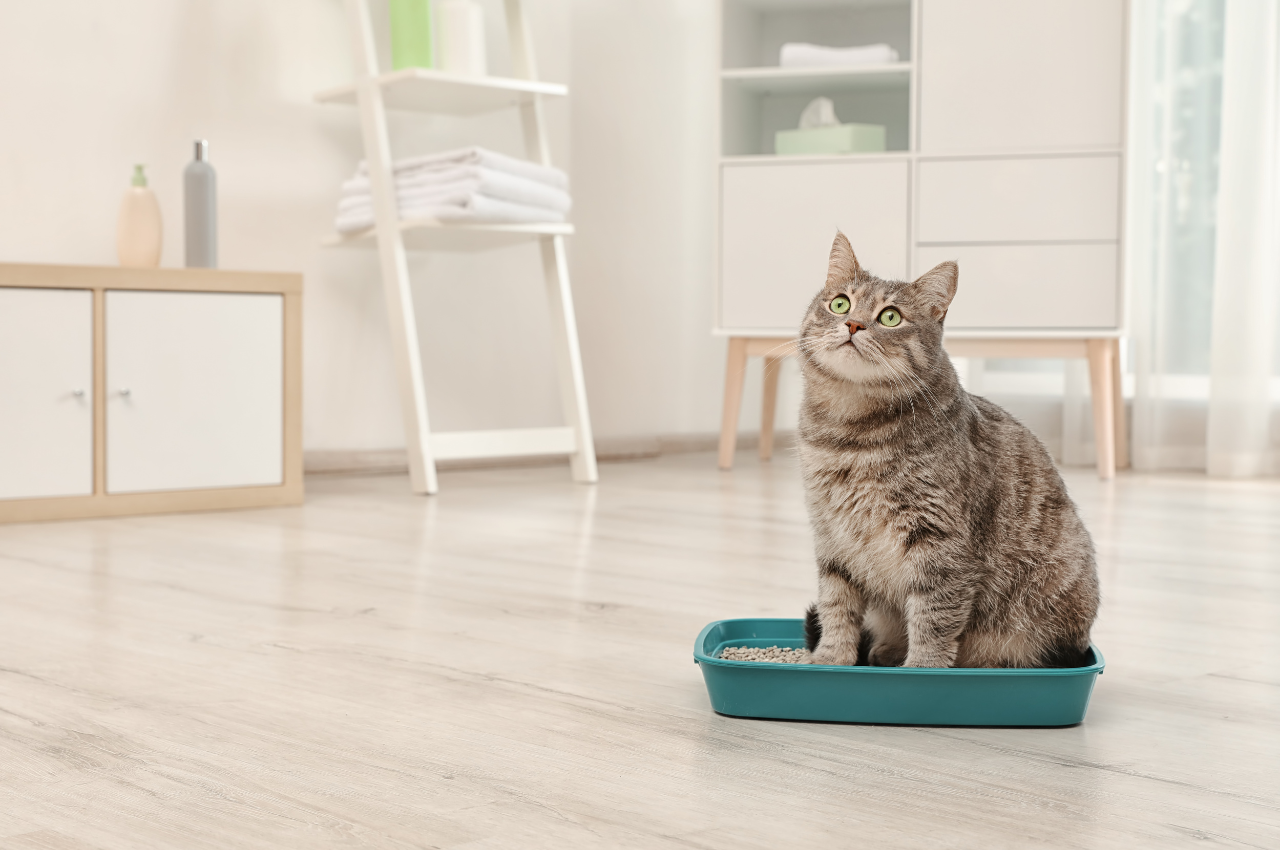Yes, cats need to be trained to use the litter box. Training is essential for proper hygiene and behavior.
Ensuring your cat knows how to use the litter box is crucial for a harmonious living environment. Cats are naturally inclined to bury their waste, but they may need guidance to use the litter box consistently. By providing the right training and reinforcement, you can help your cat develop the habit of using the litter box.
Proper litter box training can prevent accidents, reduce odors in your home, and promote a clean and healthy environment for both you and your feline companion. We will explore the importance of litter box training for cats and provide tips on how to effectively train your cat to use the litter box.
Why is Litter Box Training Important
Litter box training is crucial for cats as it establishes a routine for them to relieve themselves in a designated area, promoting cleanliness and hygiene within the household. Proper litter box training also helps prevent accidents and eliminates the need for your cat to find alternative locations to urinate or defecate. Mental well-being while maintaining a harmonious environment for both you and your pet.

Prevents Mess and Odor
Litter box training is essential as it helps prevent mess and odor within the home. By teaching your cat to use a designated litter box, you contain their waste in one area, making cleanup more manageable and reducing the risk of accidents. This not only maintains cleanliness but also helps minimize unpleasant odors associated with cat waste.
Maintains a Clean and Hygienic Home
Litter box training plays a vital role in maintaining a clean and hygienic home environment. By teaching your cat to use a designated litter box, you establish a routine for them to relieve themselves in a controlled area, minimizing the risk of accidents and messes throughout your home.
Promotes Cat’s Emotional Well-being
Litter box training is not only about cleanliness, it also promotes your cat’s emotional well-being. Providing a consistent and accessible place for your cat to eliminate helps reduce their stress and anxiety, as they have a reliable and familiar space for this natural behavior.
Understanding The Cat’s Natural Instincts
Understanding your cat’s instincts is crucial for building a strong and harmonious relationship with your feline companion. Cats are solitary hunters by nature, with instincts honed for survival in the wild. By understanding these instincts, such as hunting, territorial marking, and decor, you can provide appropriate outlets for your cat’s behaviors within the home environment.
Cats’ Instinct to Eliminate in A Suitable Place
Cats have a strong instinct to eliminate waste in a suitable place, making litter box training natural for most felines.
Territorial Marking Behavior
Cats also exhibit territorial marking behavior, emphasizing the importance of a consistent and clean litter box.
Step-by-step Guide to Litter Box Training
Cats are generally known for their cleanliness and instinct to use a litter box. However, some cats may require a little guidance and training to ensure proper litter box usage. The good news is that with a step-by-step approach, you can effectively train your cat to use the litter box consistently. Here’s a guide to help you through the process:
Choosing The Right Litter Box and Litter
Cats have certain preferences when it comes to their litter boxes. It’s crucial to choose the right box and litter to ensure your cat’s comfort. Consider the following:
- Box size: The litter box should be large enough for your cat to comfortably move around and dig in.
- Depth: Cats prefer a depth of around 2 inches of litter.
- Material: Opt for a litter box made of sturdy material, such as plastic.
- Litter type: Cats typically prefer unscented, clumping litter, but it may vary depending on your cat’s preference.
Finding The Ideal Location
The location of the litter box is crucial for successful training. Cats prefer privacy and a quiet spot. Ensure the litter box is:
- Easily accessible: Cats need to reach the litter box without any obstacles.
- Quiet: Avoid placing the litter box in a noisy area to prevent scaring your cat.
- Separate from food and water: Cats prefer separate areas for eating, drinking, and elimination.
Introducing the Cat To the Litter Box
Once you have chosen the right litter box and found the ideal location, it’s time to introduce your cat to the litter box:

- Place your cat in the litter box after meals or when you notice signs of needing to eliminate.
- Gently scratch in the litter with your cat’s paws to simulate digging.
- Repeat this process regularly to reinforce the association between the litter box and elimination.
Positive Reinforcement and Rewards
Positive reinforcement is crucial for effective litter box training. Reward your cat with praise, treats, or playtime when they successfully use the litter box. Here’s how you can do it:
- Immediately reward your cat after they use the litter box correctly.
- Use verbal praise, petting, and treats to reinforce the desired behavior.
- Be consistent with rewards to help your cat understand the connection between using the litter box and positive outcomes.
By following this step-by-step guide, you can provide your cat with the necessary training to use the litter box consistently. Remember to be patient and understanding during the process, as each cat may require different levels of training. With time and positive reinforcement, your cat will be using the litter box like a pro!
Common Challenges and Troubleshooting
Cats are generally fastidious creatures, and most of them instinctively know how to use a litter box. However, there are common challenges that can arise when it comes to litter box training, leading to accidents and behavior issues. It’s important to understand these challenges and know how to troubleshoot them effectively.
Avoiding Litter Box Aversion
If your cat starts avoiding the litter box, it could be due to various factors such as the type of litter used, the cleanliness of the box, or a medical issue. To tackle this, ensure the litter box is cleaned regularly and try using different types of litter to see which one your cat prefers. If the problem persists, a visit to the vet is recommended to rule out any underlying health issues.
Dealing with Accidents
Accidents outside the litter box can be frustrating, but it’s important to approach the situation calmly. Clean up accidents promptly to remove any lingering odors that may attract your cat to the same spot. Also, make sure you have enough litter boxes in multiple locations, especially in multi-cat households, to reduce competition and stress.
Addressing Litter Box Aggression
If you have multiple cats and notice litter box aggression, it’s essential to create a peaceful environment. Provide separate litter boxes for each cat and place them in quiet, accessible locations. This can help reduce territorial disputes and encourage each cat to use their designated space.
Tips for Maintaining and Enhancing Litter Box Training
When it comes to maintaining and enhancing litter box training for your feline friend, several tips and strategies can help ensure your cat consistently uses the litter box. By implementing these tips, you can create a positive and sanitary environment for your pet while also minimizing potential accidents and messes in your home.

Regular Cleaning and Scooping
Regular cleaning and scooping are crucial for maintaining a clean litter box that your cat will want to use. Cats prefer clean litter boxes, so scooping feces and clumps of urine at least once a day can encourage your cat to consistently use the box. It’s also essential to replace the litter entirely at least once a week to keep the box fresh and odor-free.
Monitoring Changes in Cat’s Behavior
Monitoring changes in your cat’s behavior is important for detecting potential litter box issues. If your cat suddenly starts to avoid the litter box or exhibits signs of distress while using it, it could indicate an underlying health problem or a dislike of the current litter. Keeping an eye on your cat’s behavior can help you address any issues promptly and maintain their litter box training.
Providing Multiple Litter Boxes
Providing multiple litter boxes can be especially beneficial for multi-cat households or homes with several floors. Having a litter box on each level of your home and one for each cat can reduce competition and potential conflicts among your pets. Additionally, some cats may have preferences for certain types of litter or box locations, so offering variety can help ensure that each cat has a suitable and accessible option.
Conclusion
To ensure proper litter box use, it is essential to train your cat from a young age. By providing a consistent routine and positive reinforcement, you can encourage their instincts and minimize accidents. Remember to choose the right litter and maintain cleanliness to maintain your cat’s hygiene and well-being.
With patience and consistency, you can create a stress-free litter box experience for both you and your feline companion.
